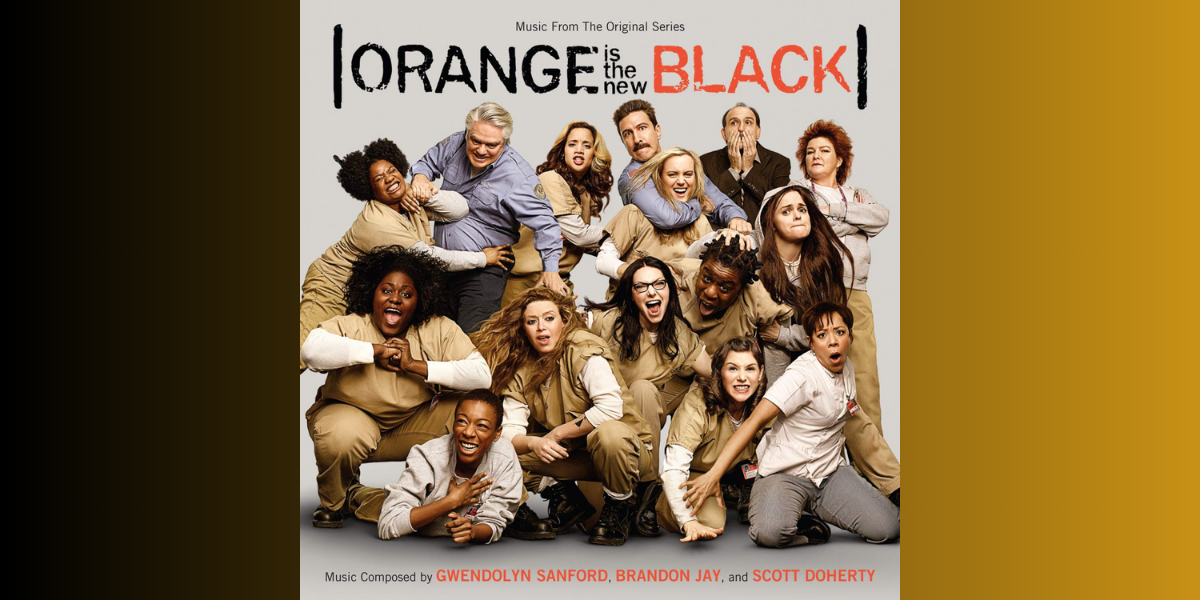Avatar: The Way of Water offers a visually stunning journey through the vibrant world of Pandora. Unfortunately, its brilliance is dimmed by a lacklustre script. James Cameron, returning after the success of the original Avatar, presents a sequel that follows Jake, played by Sam Worthington, and Neytiri, played by Zoe Saldaña, as they navigate threats from the Sky People and seek refuge with the aquatic Metkayina clan.
Visually, the movie excels with spectacular cinematography and editing, particularly in depicting the breathtaking setting of the Metkayina. The vibrant blue waters, diverse fauna, and flora create a visually immersive experience, making Pandora feel like a natural and enchanting world. Even the battle scenes are a treat to the eye.
There is a blueish palate that runs through the movie, which gives it a comforting vibe. In these aspects, the movie lives up to its prequel. So, if you wish to watch the movie, its visual aspect should be a worthy reason. However, the movie might not be the best if you are more interested in emotional appeal.
Despite its visual triumphs, the film falls short in terms of storytelling. The primary issue lies in the brevity of the plot, causing the movie to rely heavily on world-building and context setting. While subplots are introduced, they are left unresolved, and the open conclusion, while hinting at a third instalment, leaves loose ends untied. A standalone movie should ideally offer a satisfying conclusion, and The Way of Water misses the mark in this regard.
The opening scenes dedicate too much time to explaining the aftermath of the first movie, providing unnecessary details that could be inferred later on. Additionally, the middle portion of the film spends significant time on world-building, sacrificing plot progression. This imbalance makes the pacing feel sluggish and may test the audience’s patience.
The dialogue, particularly among characters like Lo’ak, Neteyam, and Spider, feels forced and unrealistic. Attempts to portray them as modern young adults using colloquial language like ‘Bro’ diminish the distinction between the Na’vi and humans. The limited use of the Na’vi language also detracts from the authenticity of the world. The acting feels, at times, detached from the emotions required.
The facial expressions fall prey to CGI and lose the emotional aspect of it. The scene where the characters cry comes off as forced with no depth. The acting, especially of the younger actors, as expected due to lack of experience, is not well done and can feel childish in many moments.
If a third instalment is indeed in the works for 2025, The Way of Water may serve as a necessary context setter. However, it lacks a cohesive and fulfilling narrative as a standalone film. While the visuals are undeniably impressive, the film ultimately struggles to engage the audience intellectually and emotionally.









